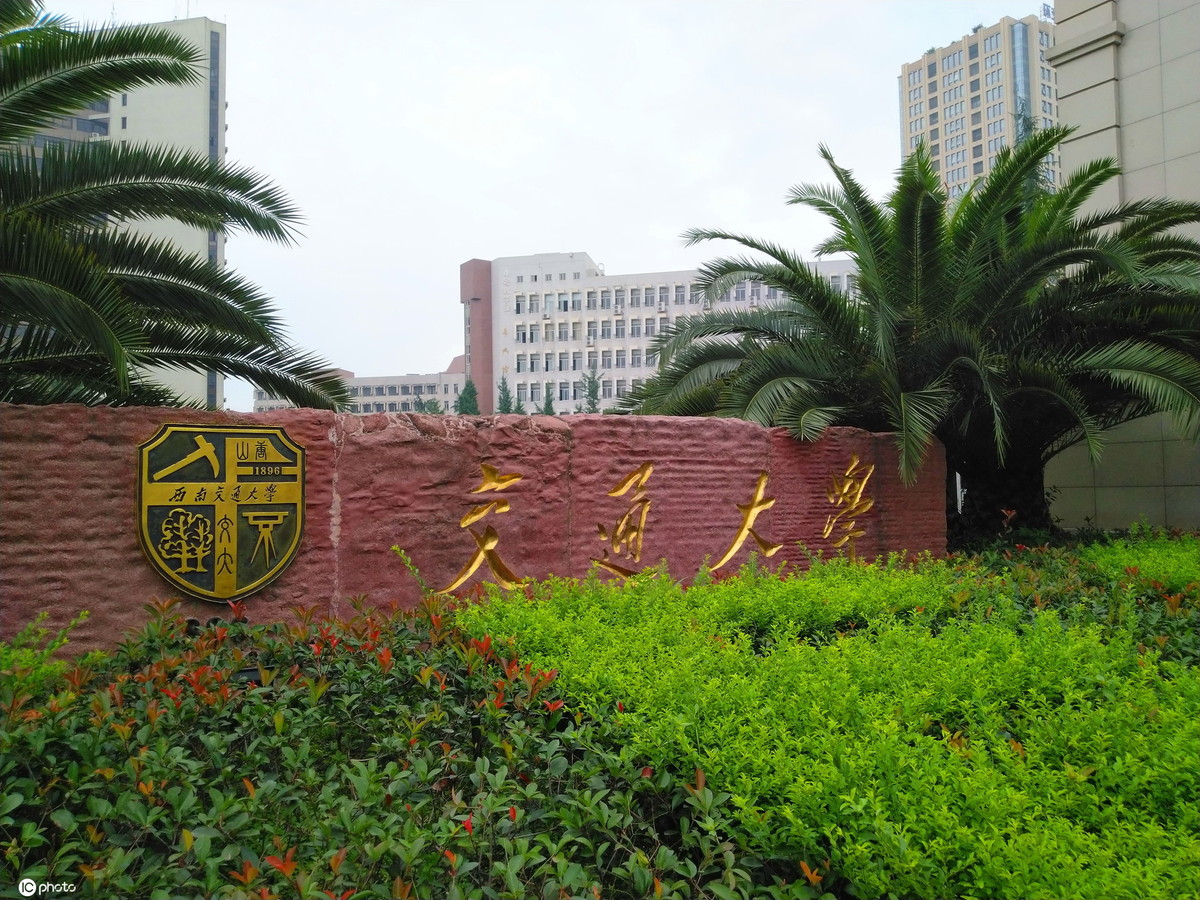Sichuan scientists reap benefits of research reform


A university in Sichuan province has witnessed a sharp increase in the commercialization of its scientific research results thanks to an unprecedented mixed ownership reform.
Southwest Jiaotong University's practice of dividing the ownership of research achievements between the university and its research and development teams started in 2010 and is a model for universities and institutions of higher learning in Sichuan, said Wei Tao, deputy director of the incubation center of the National University Science Park under the university.
According to the Science and Technology Department of Sichuan province, the policy had been implemented in 45 institutions of higher learning and scientific research institutes in the province to spur the shift of scientific research achievements to marketable products by the end of 2018.
The university's reform has reflected the spirit of a meeting of the Central Leading Group for Deepening Overall Reform presided by President Xi Jinping in May 2015.
The meeting called for focusing on contradictions restricting scientific and technological innovation, striving to make breakthroughs in science and technology reform by 2020 and establishing a national innovation system in line with the laws of a socialist market economy.
Founded in 1896, Southwest Jiaotong University is the cradle of China's railway engineers and the birthplace of modern education in transportation, mining and metallurgy, and civil engineering.
But from 2003 to 2009, only one scientific research achievement became a marketable product.
The problem was that the fruits of their labor belonged to the university, so teams were not enthusiastic about marketing and many of their accomplishments stayed idle, Wei said.
In 2010, the university started experimenting with mixed ownership reform. Professor Zhai Wanming is one of the beneficiaries.
An academician of the Chinese Academy of Sciences, Zhai and his team contributed a new technology to construction of the world's first new energy suspension railway powered by a lithium battery pack instead of high-tension electricity.
Thanks to the reform, Zhai's team owns 70 percent of the technology and the university owns the rest.
Team members' ownership of the technology was calculated into shares in a local company.
It used to take at least two years for a suspension railway to be designed and take shape. But Zhai's team spent only four months and 10 days on it. Zhai attributed the rapid completion to the reform.
The reform became the key motivation driving us to work day and night, he said.
The reform has witnessed the division of the ownership of 176 inventions between the university and research and development teams that have used their achievements to set up 16 high-tech firms, according to Xu Jinzhuan, a university information officer.
The success of the reform prompted an executive meeting of the State Council last year, where it was decided to implement it in metropolises like Beijing; Tianjin; Shanghai; Wuhan, Hubei province; Xi'an, Shaanxi province; and Shenyang, Liaoning province, as well as the provinces of Hebei, Guangdong, Anhui and Sichuan.
Wu Hao contributed to this story.





































